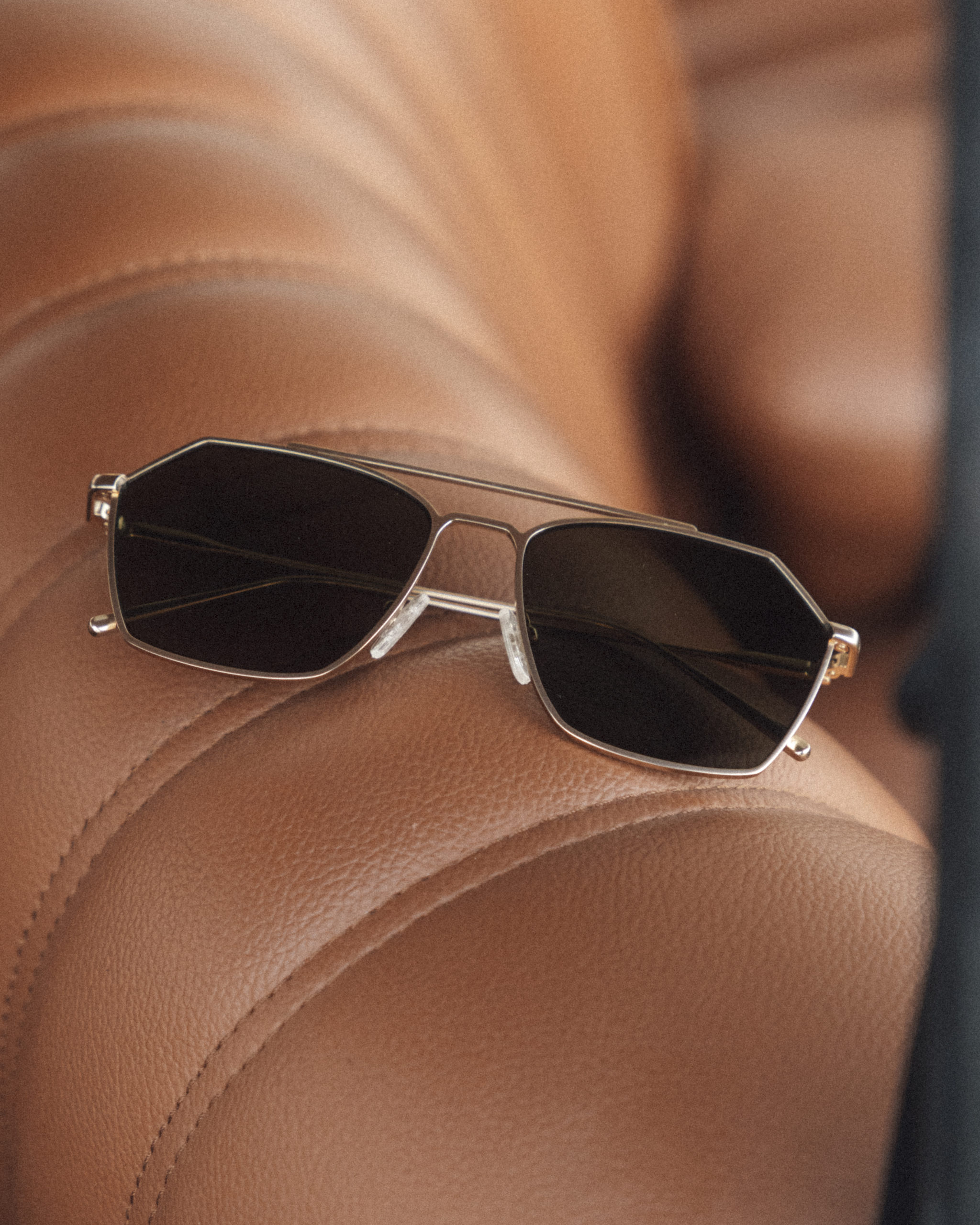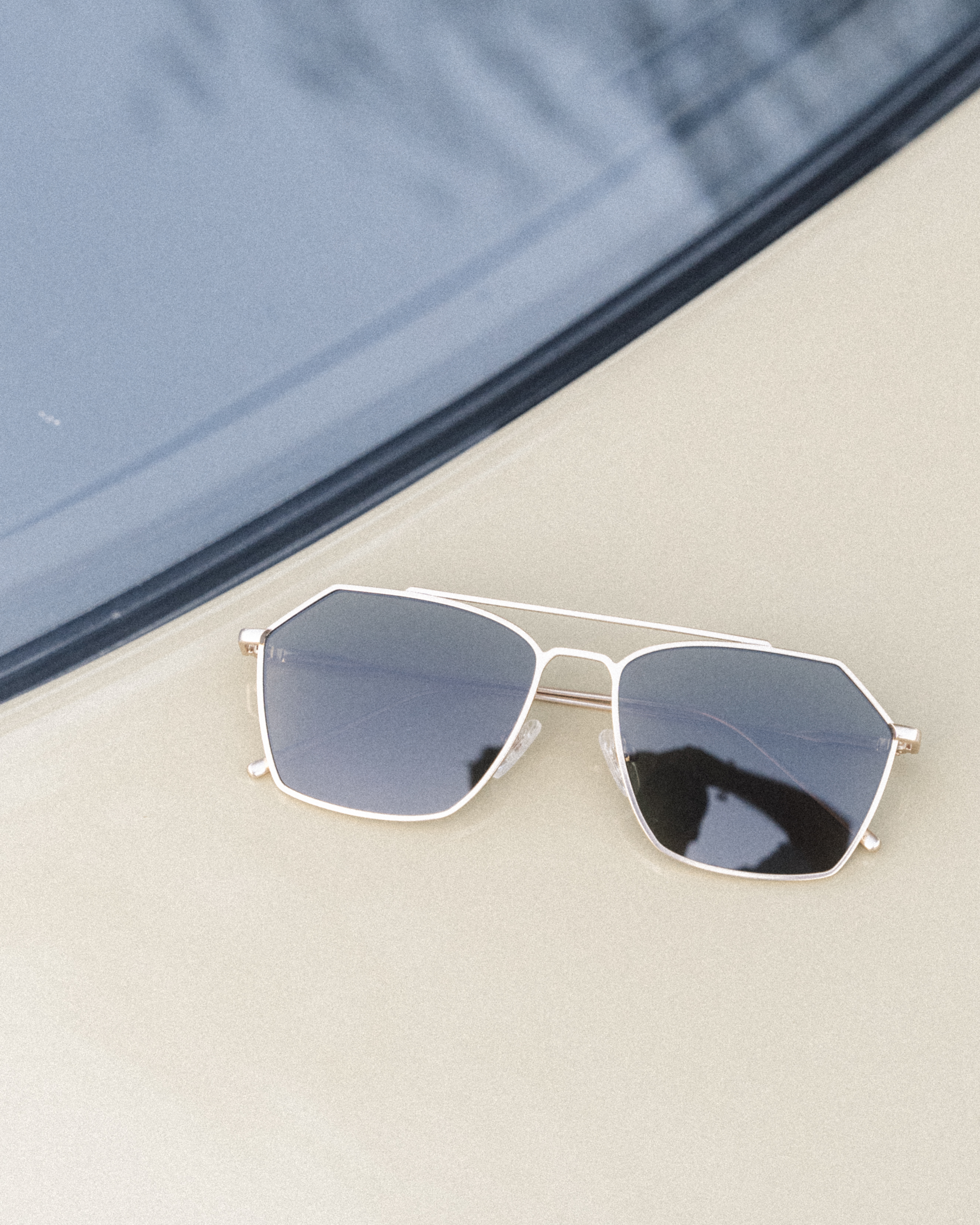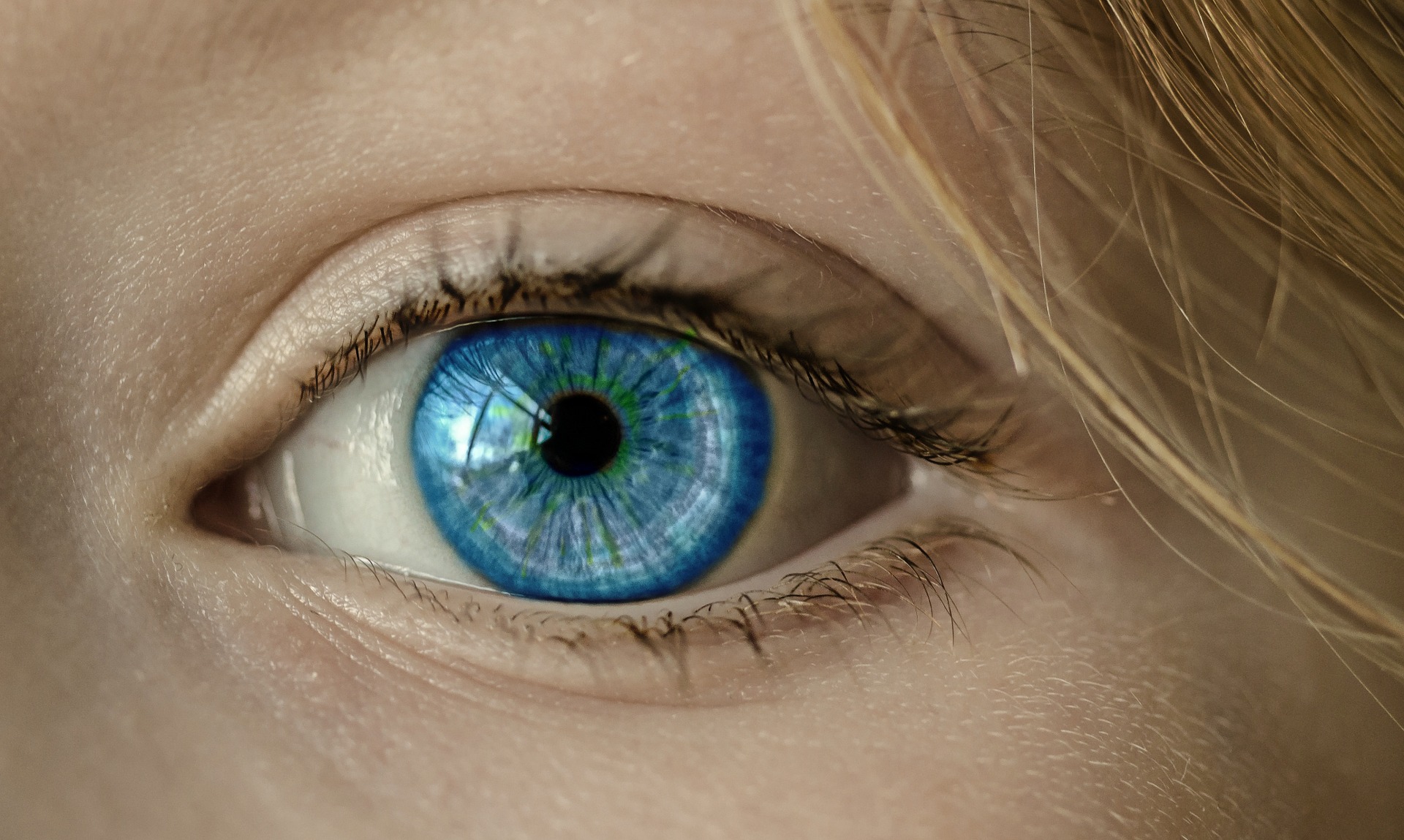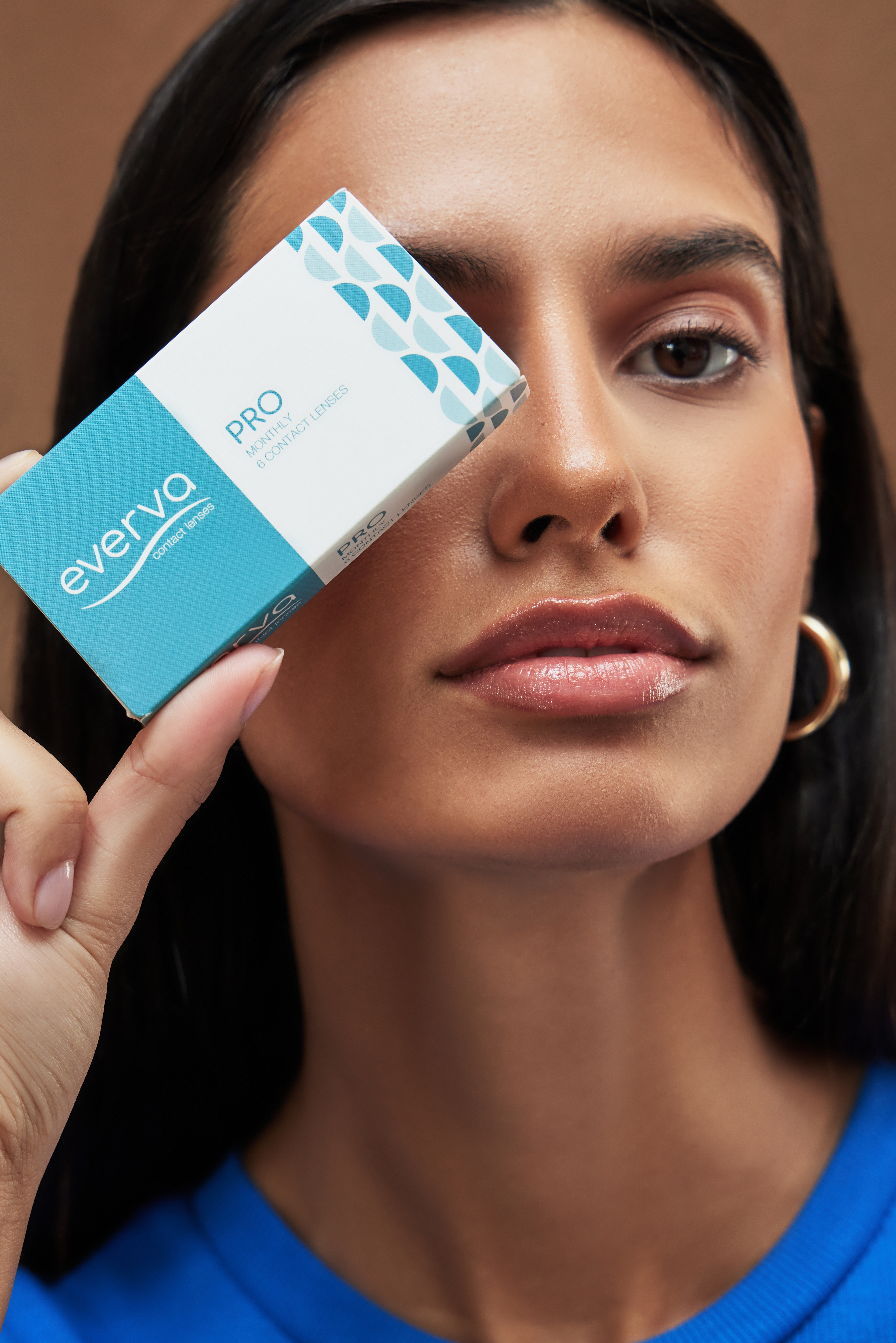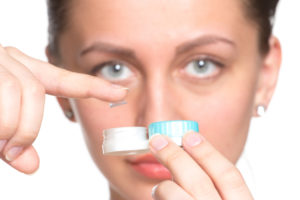
When it comes to contact lenses, the first question that comes to the mind of every parent is are contact lenses safe for children? As per ophthalmologist, this question is asked by almost every parent when their children first express an interest in wearing contact lenses. The most important aspect in this decision making is your child’s ability and maturity in handling contact lenses responsibly rather than just his/her age.
When it comes to age, parents are often confused about the right age when their children can start wearing contact lenses. So, at what age can a child start wearing contact lenses?
Millions of children under the age of 18 wear contact lenses around the world. From a physical aspect, a child’s eyes can tolerate contact lenses from a very young age. In some instances, even infants who have certain congenital cataracts or eye conditions since birth are fitted with contact lenses. A recent study involving children between 8-11 years of age with near-sightedness indicated that 90 percent of children had no trouble in wearing and removing their contact lenses without taking any help from their parents.
So, if you are considering contact lenses as an alternative to eyeglasses for your child, take a look at how your child handles his/her responsibilities. How well groomed are his/her personal habits? How much attention does he/she pay towards keeping his/her bathroom, bedroom study table clean and in order? How punctual is he/she with schoolwork and household chores? For children who need constant reminders to keep their things clean and in order and who need to be reminded of following good hygiene practices, may not yet be ready to take on the responsibility of handing, wearing and caring for their contact lenses.
Once they are ready to accept this responsibility, children are naturally great when it comes to wearing contact lenses. Typically, children are highly motivated to wear contact lenses and usually adapt well to them. Also, they are less likely to have dry eyes, a common condition which can make wearing contact lenses a big concern in adults. It is also seen that younger kids are often more compliant when it comes to following instructions as compared to teenagers and young adults. As such, younger kids tend to have fewer problems such as over-wearing their contact lenses or not using their contact lens solution correctly.
Contact Lenses For Sports
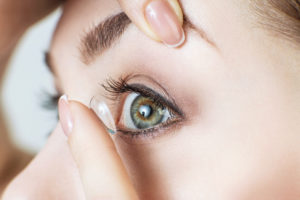
For children who love outdoor activities and are active in sports, contact lenses offer a number of advantages over eyeglasses. Even those kids who wear impact resistance lenses made from polycarbonate material still have the risk of getting injured if their frames break during contact sports, leading to eye injuries. Also, the lenses of safety glasses or sports eyeglasses tend to fog up during a competitive sport, affecting performance as well as vision.
Contact lenses specially designed for sports known as sports contact lenses help in eliminating such problems in addition to providing additional benefits. These include providing better peripheral vision, ensuring an unobstructed field of view and less likelihood of fogging up or getting splattered unlike eyeglasses.
Also, contact lenses stay firmly stable on your child’s eyes while running or jumping, thereby providing more stable and accurate vision. Many contact lenses, such as the gas permeable contact lenses offer sharper and clearer optics as compared to eyeglasses This leads to an enhanced and unhindered sports performance. For example, a child playing baseball will be able to see the ball a few milliseconds sooner with the help of the crisp vision provided by the contact lenses.
Contact Lenses Help In Building Self Esteem
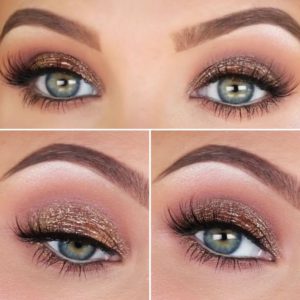
Children may often feel self-conscious while wearing eyeglasses or may simply not like the way they look in glasses. Contact lenses help in improving the way children feel about their appearance, help in building their self-esteem and elevate their self-confidence.
In a recent study that was conducted in 169 children all of whom were wearing prescription eyeglasses, researchers observed that once these children were fitted with contact lenses, there was a significant improvement in the way these children felt about their appearance and their participation in various activities also improved dramatically. It was observed that around 71% children between the ages of 8-12 and around 79% teenagers preferred wearing contact lenses as compared to wearing prescription eyeglasses.
In the study, it was also found that children as young as 8 years old were as capable as teenagers at handling, wearing and caring for the silicone hydrogel contact lenses which were used to carry out the study.
One more study in which 484 children between 8-11 years of age participated, children were randomly divided into two groups. One group of children was assigned to wear eye glasses and the second group was assigned to wear contact lenses for a period of three years. By the end of the study, survey scores of the children’s athletic competence, self-perception of their physical appearance and social acceptance were analysed. It was observed that these scores were significantly higher for the group of children that wore contact lenses.
While switching over to contact lenses might sound quite tempting, as parents, it is important to keep in mind that this decision does not need to be a permanent one. If you find that your child is not adapting well to the contact lenses or he/she is not up to the responsibility of wearing and caring for contact lenses, you can let your child to simply return back to wearing eyeglasses. Contact lenses can always be tried again at a later date when your child is more capable and keen on taking up this responsibility.
Controlling Nearsightedness With Contact Lenses
Studies suggest that having your child fitted with contact lenses can in some cases help in slowing down the progression of nearsightedness in children. This by itself could be a very good reason for your child to give them a try. There are many studies which indicate that wearing multifocal soft contacts and specially designed gas permeable contact lenses can help in controlling myopia significantly in many near-sighted children.
Also, orthokeratology or (ortho-k), which is a modified method of fitting rigid gas permeable contact lenses has been proven to be successful in reversing existing near-sightedness in children who have myopia. Ortthokeratology uses gas permeable contact lenses that are specially designed to change the shape of the cornea when the lenses are worn at night during sleep. These lenses are only worn at night-time and are removed in the morning. When successful, orthokeratology enables a person with near-sightedness to see clearly without having to wear eyeglasses during the day. The correction of myopia which orthokeratology provides is however only temporary. Which means that these cornea-reshaping lenses must be worn every night during sleep to ensure a good uncorrected vision during the day.
Recently, in a study conducted in New Zealand, it was reported that by wearing experimental “dual-focus” soft contact lenses in children between 11-14 years of age, it was possible to slow down the progression of near-sightedness as compared to regular soft contact lenses.
Dual focus contact lenses have a specially designed central optical zone that helps in fully correcting myopia, which is surrounded by peripheral zones of lesser correction. The design of these lenses is based on previous research that suggests that peripheral defocus in the retina may help in reducing the lengthening of the eyeball during childhood years which has been seen to be associated with myopia progression. It was observed that over a period of 20 months, these dual-focus lenses helped in reducing the progression of near-sightedness by 30 percent in around 70 percent of the children who took part in the city while providing contrast sensitivity and visual acuity similar to the conventional soft contact lenses.
Although the dual-focus lenses that were used in the study are yet to be approved by FDA, there is ongoing research around the world to develop contact lens designs which will be prescribed by ophthalmologists that will help in slowing down the progression of myopia in children.


